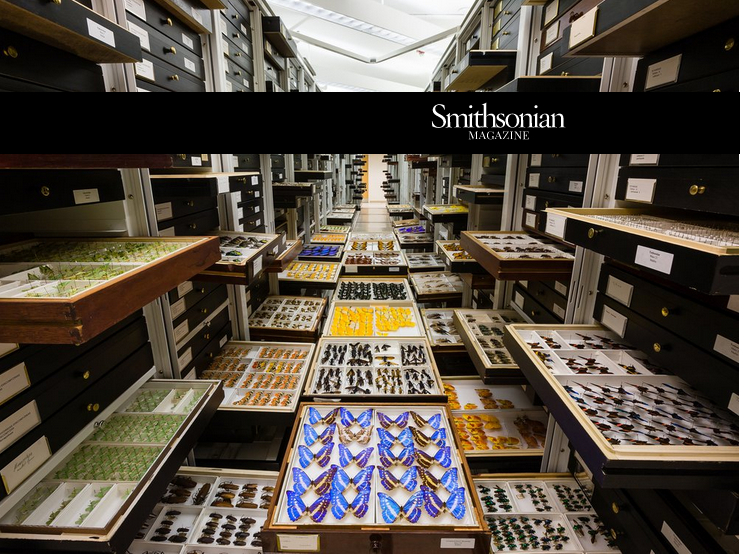To me asking why museums collect is almost the same as asking why museums exist at all. In many ways its collection is the thing that defines a museum and its purpose. If the first step of creating a museum is to create a mission statement and a subject for the museum to display, the next crucial step is to begin gathering a collection of that subject’s material. At its core a museum, regardless of its size, mission, and background exists to gather a collection, and it turns it into something greater than the sum of its parts, whether for preservation, research, or education. A museum serves to provide context for the materials it collects, whether by comparing variations of specific types of objects, displaying change over time, or showcasing objects related to a specific culture, by placing these items within a museum each individual item becomes part of a larger puzzle to explore and study.
On a more individual level, the specific reasons museums collect materials varies wildly with the materials being collected, the people supporting the museums, the official mission of the museum, and the time in which the museum was founded. As discussed in previous weeks, many early museums existed to entertain, or in a somewhat more noble endeavor to preserve what was seen as disappearing or forgotten aspects of the world. In more recent years museums have moved beyond these simple motivations, with an increased focus on employing these collections actively for research, public education and increased cultural understanding and social activism. The origins of museums as repositories of rare materials and knowledge have not been forgotten however, and nearly all museums still pay close attention to the preservation aspect of their function, making sure their collections are preserved for prosperity, just with an additional focus on making us of these materials for scientific and social good.
Having examined the question of why museums collect on both the general and specific scale, we must now addresses the flipside, when should museums not collect materials? Even though museums provide several advantages for preserving studying and making their collections available to the public, there are several materials which don’t belong in a museum. From stolen antiquities, endangered species, culturally significant items, to human remains, there are many items which have historically been placed in museums, which resulted in more harm than good, and a crucial part of establishing why museums collect the materials they do is asking whether a museum is the best place for the materials in question. A huge part of modern museum ethics is based around repatriating materials which other cultures or individuals have a prior claim to or which were acquired illegally, and whose possession damages the integrity of the museum’s mission.
The question of why museums collect is a complex one, with as many answers as there are museums to gather collections, as each museum’s is its own individual institution with specific ethics, motivations and reasons establishing the materials they collect, how they treat those materials, and how those materials are displayed.
Question: What is in your own opinion the most unusual item you have seen in a museum collection, and for what reason do you think it was collected and displayed?

url: https://www.smithsonianmag.com/blogs/national-museum-of-natural-history/2021/04/07/how-museum-collections-advance-knowledge-human-health/
I like that you examined the flip side of why museums collect, and provided reasoning as to why they shouldn’t collect certain items. It made me think, for sure. For example, the thylacine (Tasmanian Tiger) was collected after the last one died, and it was extinct at that point. Now there’s talk of potentially bringing it back to life from a DNA sample – and I know that the same thing is done with endangered species, cloning them and providing more animals to zoos, etc.
I think the strangest thing I’ve seen in a collection is the caribou/dall sheep/ moose table at the UAF museum. I don’t remember the history of it, but the table has four caribou legs (as the legs of the table), dall sheep horns decorating the rim of the table, and moose (maybe bison?) hide around the rim as well. It’s an odd thing. It was definitely collected for the oddity factor, lol.